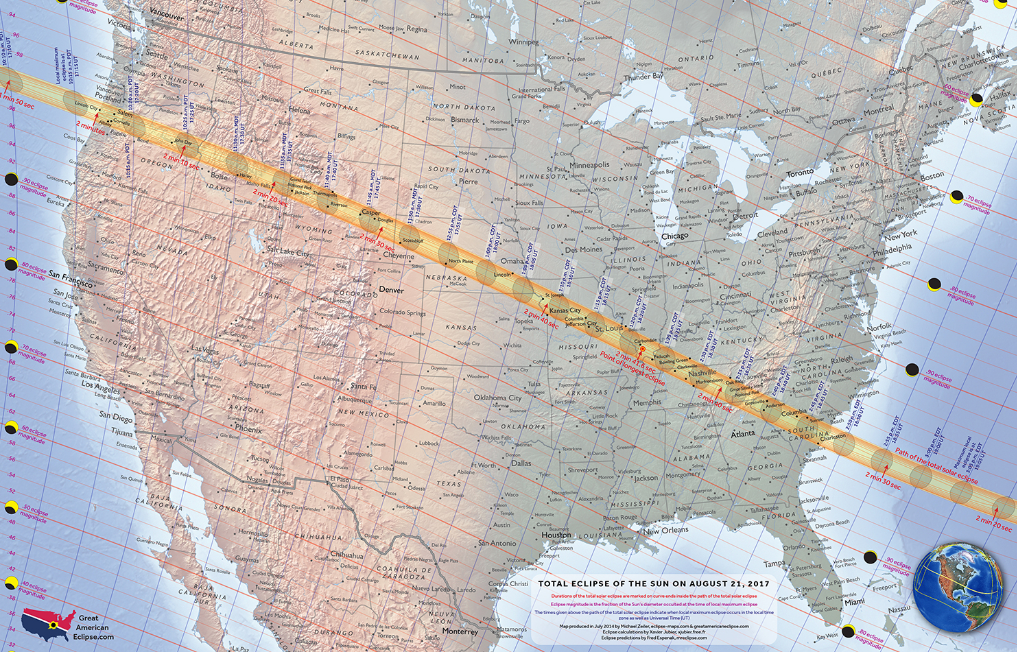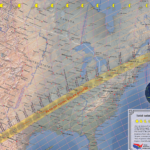Today, as I write this latest website submission, is the sixth anniversary of Hurricane/Tropical Storm/Post-Tropical Cyclone/Superstorm Sandy. She was a conundrum, a tropical system and a blizzard, and also an example of what wicked weather was in store for us that winter weather season. More recently, reflections and comparisons to Sandy have been made in the wake of the devastating events this year including Hurricane Florence’s landfall in the Carolinas, which lead to major flooding inland along the Mid-Atlantic, and the catastrophe left in the wake of Hurricane Michael along the Gulf Coast.
What do you remember from Sandy? What do you think you would never forget from the experiences of that time? Did the hurricane affect your life, your family, your friends, your co-workers, your students? Was the impact major or minor?
I remember having turkey dinners for days, because my husband’s family lost power, and they had turkeys frozen and waiting for Thanksgiving dinner than then had to be cooked. Ours was the only family house with power, so they made trips here for light, hot meals, and connections to the outside world via television and the Internet.
I remember taking a field trip to the Long Island Solar Farm, at Brookhaven National Lab, the day before Sandy struck. We went about our day as if everything was normal, with the high cirrus field streaming in overhead. We headed to Smith Point after the field trip, to check out the high surf from the hurricane, and to get an idea of what the beach looked like before the storm struck.
As the storm approached, I went up the road about a mile to our town beach, along the North Shore. There, the surge was apparent, as the wind fetch was out of the northeast. I decided maybe we should get more batteries, and headed to Toys R Us for the only D-cell batteries in town. Then we hunkered down for what was a long, long night, with a three-month-old, a two-year-old, and furniture holding our front door (facing east) shut. We watched as our swing-set blew end-over-end across the farm field. We listened as the roof shingles ripped off of our newly built home, and we waited for the Sun to come up so we could survey the damage.
On November 16, 2012, I went back to Smith Point beach. At this point the Army Corps of Engineers had already filled in the breaches on the east side of the beach, but the Old/New Inlet was then untouched, and has remained so to present day. It is, however, showing signs of closing naturally, as I witnessed early this October, 2018, during another trip back to the Breach, and much to the displeasure of those who live along Bellport Bay. Many have appreciated cleaner water conditions consistently occurring there since Sandy recut the inlet on Fire Island in 2012.
I have had the displeasure of riding out two nasty hurricanes at this point in my life. I was in Florida for the worst vacation of my life, when Hurricane Charley struck in 2004. Happily, I was with my grandmother, and was able to follow the news for a while, until we lost power, through her antenna television signal. The sound of the wind howling around my own home during Sandy was no less scary than during the time when tornadoes were all around us in Florida nearly a decade before.
As we look back, and as we watch the 2018 Atlantic Hurricane Season come to and end in another month or so, I wonder what is instore for us in the future. With oceans warming, water expanding, and storm systems becoming less “normal” like those I studied in college; with the polar and subtropical jet streams looping in exaggerated ridges and troughs, I wonder how to best share these thoughts and scientific principles with my students. Do I delve into the often-politicized topic of climate change, propose a new course on the topic at the high school? My students are currently old enough to remember Sandy, but there will come a time when they were too young to remember. How do I stress the importance of being well-prepared and well-informed?
For starters, some resources for you:
National Hurricane Center: https://www.nhc.noaa.gov/
Weather Summary and Discussion of the Development and Dissipation of Hurricane Sandy: https://www.weather.gov/okx/HurricaneSandy
Dr. Charles Flagg and Stony Brook SoMAS site – Great South Bay Project: http://po.msrc.sunysb.edu/GSB/
Long Island Solar Farm: https://www.bnl.gov/SET/LISF.php
Hurricane Charley Service Assessment – August, 2004: https://www.weather.gov/media/publications/assessments/Charley06.pdf
Intergovernmental Panel on Climate Change, including its most-recent report Global Warming of 1.5 deg C: http://www.ipcc.ch/
Download a free copy (PDF) of the book Teacher-Friendly Guide to Climate Change at http://www.priweb.org/index.php/pubs-special/pubs-spec-5813-detail



